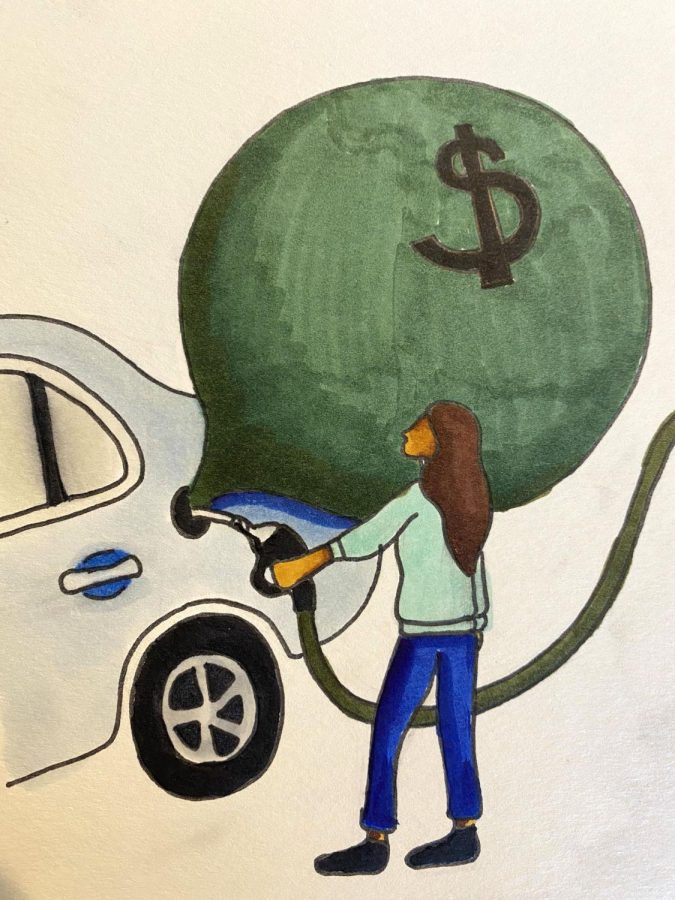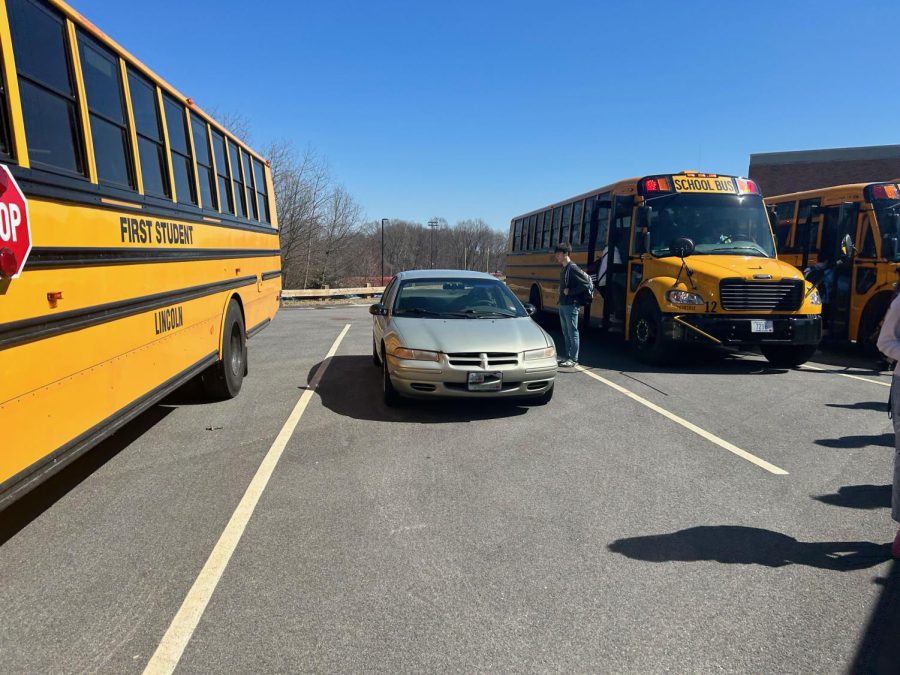In 2019, 421,394 children were reported missing. Two years later, 337,195 reports of missing persons entered into the Federal Bureau Investigation’s (FBI) National Crime Information Center (NCIC). Oof these hundreds of thousands of missing persons, approximately three quarters of them are high schoolers from the ages of 15 to17.
Although there has been a decrease of missing persons in recent years, it is still a major problem affecting hundreds of thousands of families in the U.S.. Not long ago, a 17-year old from Portsmouth named Owen Cameron went missing after leaving his job at Anthony Seafood in Middletown, Rhode Island. After an extensive search, his body was found partially submerged in water about four days later about a mile and a half from his place of employment. It is clear to see that teens going missing is not only prevalent but is also dangerous.
Here are some facts about missing persons.
Runaways
Teens can go missing for a variety of reasons but running away from home is by far the most common one. In fact, 9 out of 10 children reported missing are runaways. Fortunately, according to Child Find of America, 99% of runaways return home.
Abductions
According to Child Find of America, every year 203,900 children are victims of a family abduction, one that violates an existing custodial rights court order.
How has the United States respond to the missing person epidemic
According to CBS24, the recovery rate of missing persons rose from 67% to 97% from 1990 to 2011. The Amber Alert System was established in 1996 by a group of broadcasters in Dallas-Fortworth and local police to put an effort to fight against the epidemic of missing childrens and teens. The system is done through photos of the missing children and teens, photos of the suspects, and contact numbers for people who want to report information regarding the missing children.



























